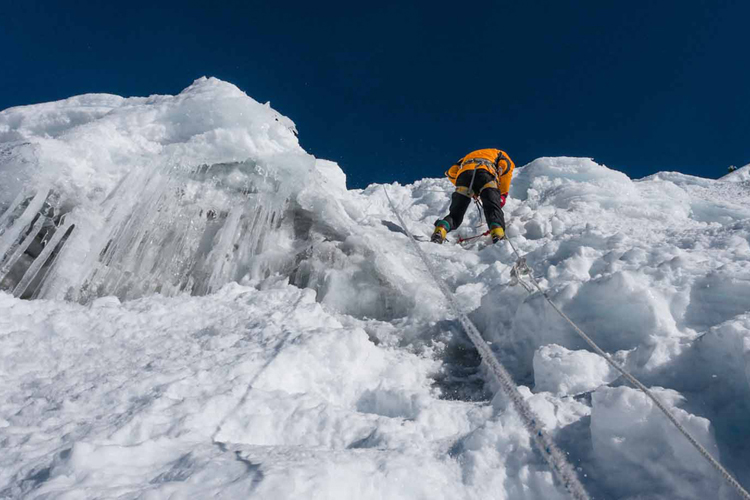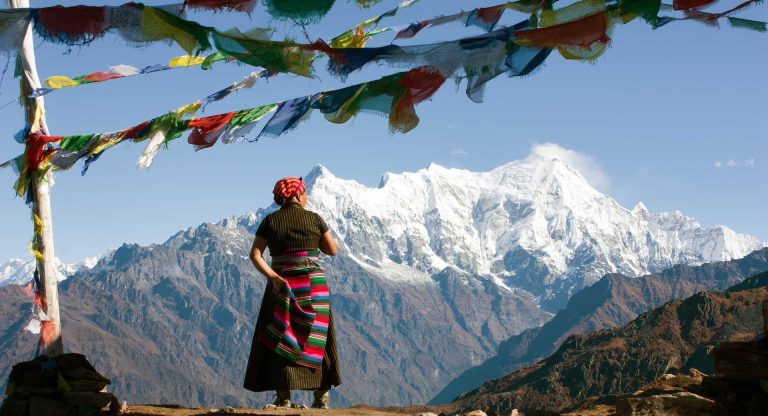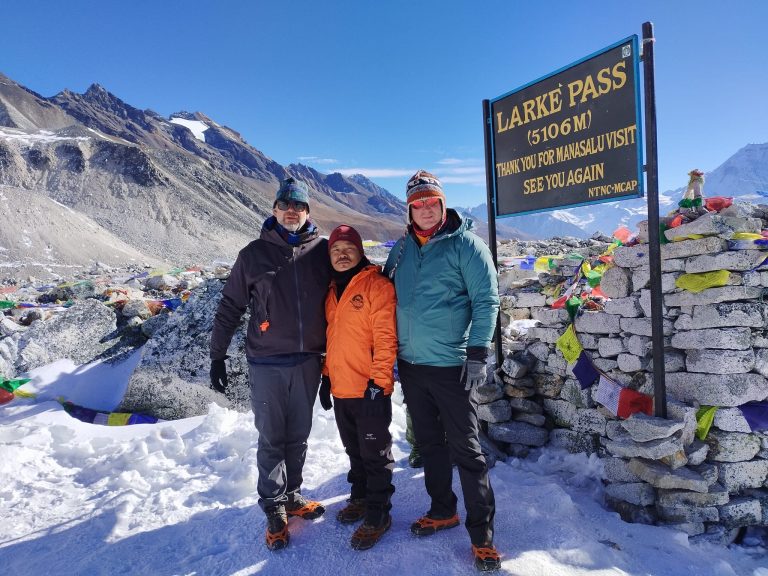Comprehensive Guide to Lobuche Peak Climbing
Introduction:
Lobuche Peak, situated in the Khumbu region of Nepal, is a captivating mountain that entices climbers from around the world. With an elevation of 6,119 meters (20,075 feet), this peak offers an exhilarating experience and provides breathtaking views of some of the highest peaks in the world, including Mount Everest. This comprehensive guide will walk you through all the necessary steps and preparations for a successful and safe Lobuche Peak climbing expedition.
Preparing for the Climb
- Physical Fitness: Climbing Lobuche Peak demands excellent physical fitness. Engage in regular cardiovascular exercises, strength training, and endurance-building activities to prepare your body for the rigorous trekking and climbing.
- Acclimatization: Allow sufficient time for acclimatization to high altitudes to minimize the risk of altitude sickness. Plan your itinerary with gradual ascents and rest days at higher elevations.
- Climbing Skills: Familiarize yourself with basic mountaineering techniques such as using crampons, ice axes, and rope handling. Previous trekking and climbing experience in high-altitude regions will be beneficial.
- Season and Weather: Choose the best season for Lobuche Peak climbing, which is usually during the pre-monsoon (spring) season (April-May) and post-monsoon (autumn) season (September-November) when the weather is relatively stable.
Permits and Logistics
- Climbing Permits: Obtain the necessary climbing permits from the Nepal Mountaineering Association (NMA). Check the latest permit fees, regulations, and required documents.
- Trekking Agency: Select a reputable trekking agency that offers Lobuche Peak climbing packages. A reliable agency will provide experienced guides, handle logistics, and ensure safety during the expedition.
- Itinerary: Plan a well-structured itinerary that includes ample acclimatization days and flexibility to accommodate unexpected changes in weather or conditions.
- Accommodation: While trekking to Lobuche Peak Base Camp, you can stay in teahouses along the trail. During the climbing phase, tented camps will be set up at higher elevations.
Climbing Gear and Equipment
- Climbing Gear: Prepare a comprehensive list of essential climbing gear, including mountaineering boots, crampons, ice axes, harness, helmet, ropes, and other technical equipment. Ensure all gear is of high quality and in good condition.
- Personal Items: Pack personal items such as a sleeping bag, headlamp, sunglasses, sunscreen, water bottles, and a first aid kit.
- Rent or Bring: Decide whether to rent climbing gear in Kathmandu or bring your own equipment. Renting can be cost-effective, but using familiar gear can provide comfort and confidence.
Safety and Responsible Climbing
- Experienced Guides: Work with experienced climbing guides who are well-versed in the route and safety protocols. They will navigate challenging sections and provide guidance throughout the climb.
- Hydration and Nutrition: Stay well-hydrated and maintain proper nutrition during the expedition to ensure peak performance and prevent altitude-related issues.
- Responsible Climbing: Practice “Leave No Trace” principles, respecting the mountain environment and minimizing your impact on the ecosystem.
- Weather Awareness: Stay informed about weather conditions and be prepared to adjust your plans if necessary for safety reasons.
The Climbing Expedition
- Trek to Base Camp: Embark on the trek from Lukla to Lobuche Peak Base Camp, passing through picturesque Sherpa villages and stunning landscapes.
- High Camp: Ascend to High Camp, a strategic resting point before the final summit push, to further acclimatize.
- Summit Attempt: Begin the summit attempt in the early hours of the morning to take advantage of stable weather conditions. The ascent may involve technical sections and require the use of ropes and climbing gear.
- Celebrate and Descend: Celebrate your successful summit and savor the breathtaking views from the top. Descend safely back to Base Camp and continue trekking back to Lukla.
Conclusion:
Climbing Lobuche Peak is a challenging and unforgettable adventure that offers an extraordinary opportunity to witness the grandeur of the Himalayas. Proper preparation, experienced guides, responsible climbing practices, and respect for the environment are essential elements for a successful Lobuche Peak climbing expedition. Cherish the experience, make memories, and relish the magnificence of the Khumbu region as you embark on this remarkable journey.






